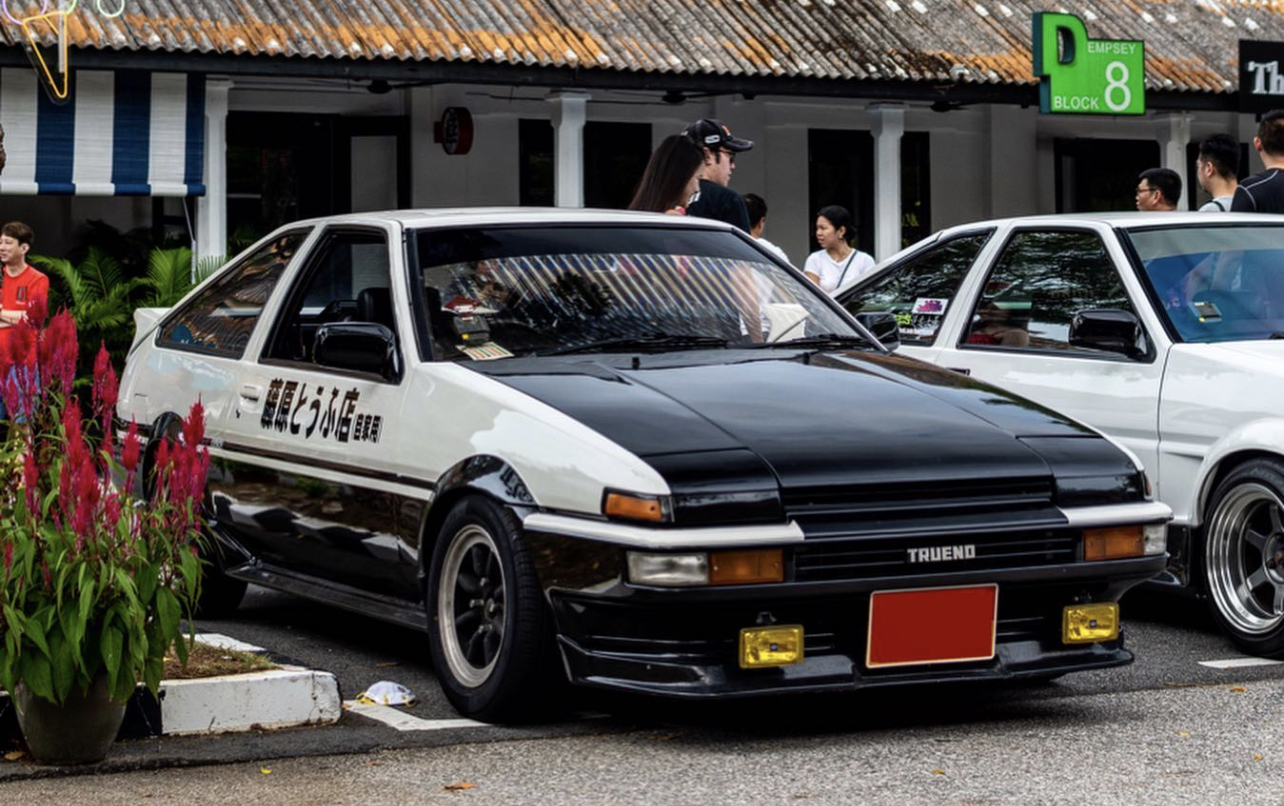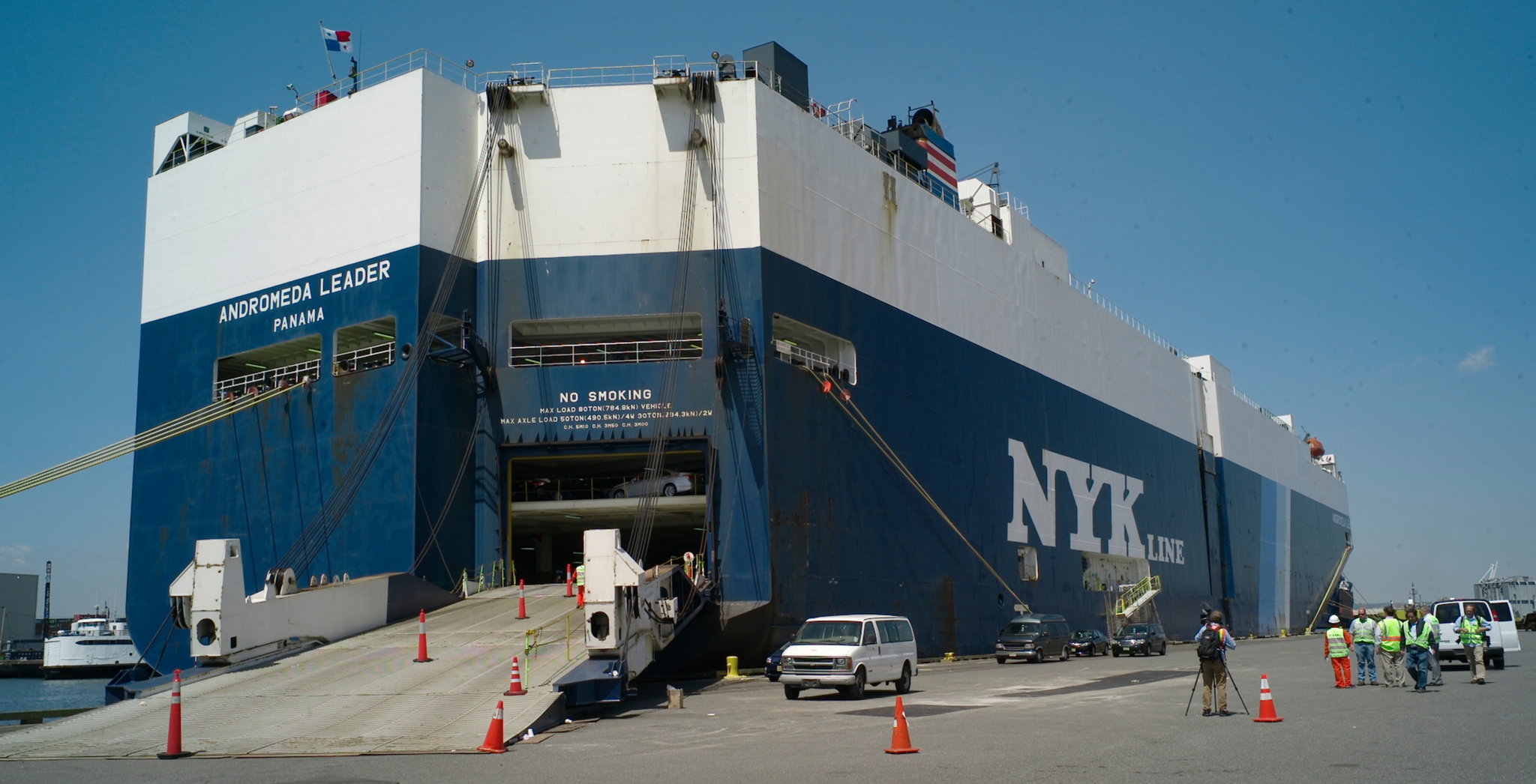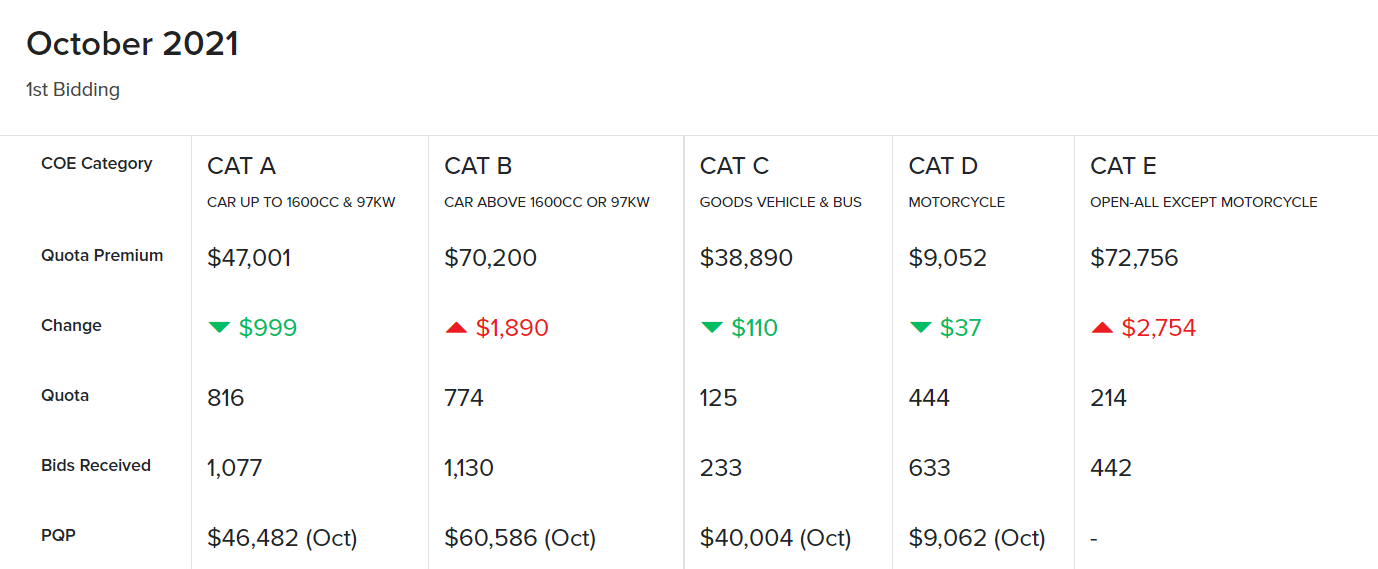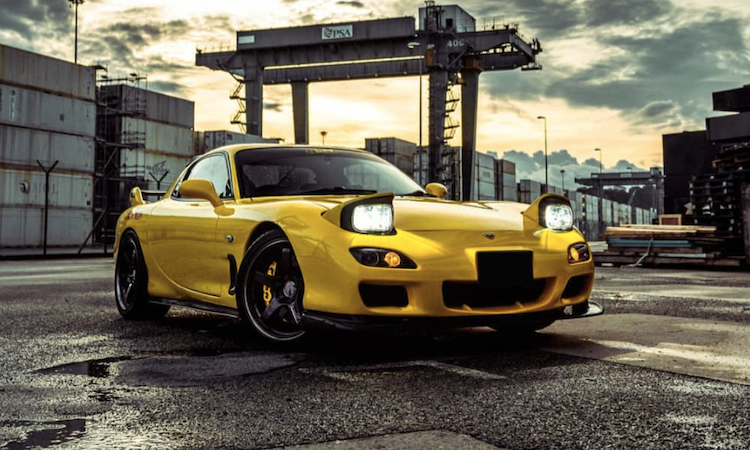How to Import Classic JDMs into Singapore
 (Photo Credit: @exogenesisphotography)
(Photo Credit: @exogenesisphotography)
Are you a fan of classic JDMs? Have you ever wondered how it would be like to own one in Singapore? Here's a handy guide to help that dream of yours come true!
Time is gradually running out; you may not be able to put newly-imported petrol/diesel-powered vehicles on the road in the not-too-distant future. This is in line with our government's plan to gradually phase out Fossil-Fueled cars.
The Catch
Unfortunately, you can only import and register these JDM icons (or any classic car for that matter) when they turn 35-years-old via the Classic Vehicle Scheme.
What this means is that, at the time of writing, only vehicles manufactured before 1986 (bring on that AE86!), can be put on our roads; you'll have to wait till at least 2029 to import an R33 Skyline, or an FC/FD RX-7!
Thankfully, we sought the help of Fabian of SGRetroCar to shed some light on how one goes about sourcing and importing their own classic car!
Sourcing

(Photo Credit: SAMMIT)
JDM classics can be sourced from another right-hand drive (RHD) markets (typically the UK and Australia, which have strong classic JDM scenes too!). They can be also be posted on used car classifieds globally, and also through various Japanese Used Car Auctions.
However, you can't just register whatever vehicle you so choose for road use in Singapore though. Cars must comply with our Road Traffic Act and Modifications (for an in-depth look at the requirements, click here!)
Where possible, inspect the car before purchase. If you can't do so personally, engage a proxy to look over your potential purchase. Rust is a big issue in cars from temperate countries; they use salt to melt the snow on the roads in the winter. This salt can eat away at the bodywork and cause irreparable damage!
Fabian's rule of thumb is to exercise common sense - if a deal sounds too good to be true, it probably is!
If you buying your car through a Japanese used car auction, they typically have a thorough and easy-to-understand guide on car condition - it is a fast and reliable way to ascertain if you're buying a peach or a lemon!
Transportation
 (Photo Credit: Born 2 Invest)
(Photo Credit: Born 2 Invest)
When it comes to transporting your vehicle, there are 2 options - Shipping via container or RoRo.
Container
 (Photo Credit: Autostart)
(Photo Credit: Autostart)
Shipping via container is the more straightforward option. You hire a shipping company, have your car loaded in it, and have it shipped over to the Singapore port.
Port expenses, which are the fees you need to pay to embark/disembark your vehicle, are separately charged. These fees might range from S$1,000 to S$1,500, so do be sure to enquire about any additional expenses, especially when working with international freight agents.
RoRo
 (Photo Credit: HotCars)
(Photo Credit: HotCars)
RoRo is short for 'Roll On, Roll Off'. This means your vehicle must be in good working order, as it will be driven on and off the ship. The vessel houses a multi-storey car park-like structure - no need for containers!
This makes for lower port taxes and shipping costs.
Once your car officially disembarks though, to legally bring it into the country, you'll have to pay off the first tranche of taxes. Your OMV (Open-Market Value) is calculated by the total sum of the cost of your car, and the transportation.
Fabian advises that you keep the transportation costs as low as possible. Otherwise, the increase in transport fees will lead to an increase in the OMV value and thus, the amount of money you'll have to fork out to get the car through customs.
27% of your car's OMV must be paid at the port. As a quick guide, this is how this value is derived:
Car’s price + Shipping cost = OMV
Duty & Goods tax (20% of OMV) + GST (7% of OMV) = Tax For Customs Clearance
Registration

(Photo Credit: @exogenesisphotography)
Once your car has been imported into Singapore, the final step, which is the most tedious out of the three, is registration. You can do this yourself, though it can be bothersome, and is best left to the hands of a classic car dealer.
Proper documentation is key to a smooth registration process. The chassis and engine number must tally with the paperwork.
Also, make sure your classic car is safe enough to travel on public roads. No major structural rust and wiring that isn't a complete botch job are good starting points.
Here is the list of requirements needed from all parties during the registration:
- The vehicle must be Right-Hand Drive unless it's pre-1940 and qualifies for the vintage scheme.
- The vehicle must be above 35-years-old from the date of registration to qualify under the classic scheme.
- The vehicle must have its original engine and body. No fanciful facelifts or engine swaps, even if they are approved by the country where they are imported from (for example an old Corolla with a newer model Corolla engine).
- The chassis and engine numbers must match the vehicle registration.
- Invoice and proof of payment must be presented.
- The vehicle must be, where applicable, be deregistered from the country of origin prior to importation.
- The vehicle classification - only private cars in coupe, cabriolet, hatch, wagon, SUV, MPV are allowed. Pickups, vans, trucks, tractors, buses, are not allowed.
 (Photo Credit: @exogenesisphotography)
(Photo Credit: @exogenesisphotography)
You'll also need to service the engine to pass VICOM's emissions test.
With that done, you have to apply for the Vehicle Inspection and Type Approval System (VITAS), which will cost you $256.80.
Upon passing, LTA will then issue you a Vehicle Approval Code that you'll need to register your vehicle - you can find these documents here. Under the Classic Vehicle Scheme, the registration fee is $245.
Finally, you'll have to settle the ARF (Additional Registration Fee), COE and Road Tax.
The ARF is 100% of the OMV for values ranging from S$1,000 to S$20,000. OMV between S$20,000 and S$50,000 will be taxed at a rate of 140%. Anything beyond S$50,000 will be taxed at a rate of 180%.

Classic Car COEs will cost you 10% of a typical new car's. For instance, if you have a CAT B car, using the October 2021 1st Bidding Quota Premium as an example, at $70,200 per new CAT B COE, 10% will set you back $7,020.
Finally, road tax, which will cost you $280 for an entire year!

(Photo Credit: @exogenesisphotography)
Once all is approved, VICOM will have to seal your classic car plates, and your JDM icon is ready to take on the roads of Singapore. Do note though that classic cars are only allowed to be driven 45 days annually.
Classic Car Q&A
We quizzed Fabian further on the classic car importation process. He answered the FAQs of the process as follows:
Usually how long does it take for the import process to be completed?
From the date of purchase to the date of registration, it can be as fast as three months.
Though it could take longer than a year if there are discrepancies on either the car or its paperwork.
Is it easier to get workshops to handle the importing process or do it all by yourself?
The whole procedure is daunting, time-consuming, and requires an individual to have good resources from the country they purchased the car from. You will need to successfully purchase, deregister, and export the car.
As for the registration, they need to have strong technical knowledge of the car, and the ability to provide all the technical details, pictures, diagrams that LTA require for batch inspection submission.
They also need to be able to resolve whichever issues are pointed out by LTA or VITAS prior to registration. However, it would prove to be a good learning experience and cost-saving for those with a tight budget.
 (Photo Credit: @stick_shift_studioz)
(Photo Credit: @stick_shift_studioz)
LTA currently allows individuals to self submit their first classic car import privately but have to go through an LTA electronic service agent with access to the LTA link for the batch inspection and registration procedure.
Most workshops are unable to assist with the purchase and importing, and perhaps can only help on the registration bit. Even so, it will be a huge uphill task for them to deal with LTA's documentation requirements.
Some car dealerships which are familiar with classic vehicles could assist. However, it would be best to check with individual companies on their prices and services provided.
It is best to approach an experienced importer who has a good portfolio of importing and registering classic vehicles in Singapore.
Any tips when sourcing for a JDM/classic car?
Before starting to source, decide the body style preferences and the era of cars (60s, 70s, 80s). For JDM or any classic Japanese made classic vehicles, be sure to compare prices from different countries so that the buyer could pinpoint and focus on his search from the particular country.
Lastly, make sure to check for the correct engine to the car. Many Japanese cars from overseas have swapped engines.
![]() (Photo Credit: @chokeontofu)
(Photo Credit: @chokeontofu)
Do check out SGRetroCar as they deal with the sourcing, importing, and registration of classic and retro cars.
We hope this guide helps you fulfil your wish of driving a classic JDM in the near future. Do let us know what sweet ride you're looking to import in the comments below!
Super App for
Vehicle Owners
Read More: 9 Iconic JDM Cars That All Petrolheads Should Know
Download the new Motorist App now. Designed by drivers for drivers, this all-in-one app lets you receive the latest traffic updates, gives you access to live traffic cameras, and helps you manage LTA and vehicle matters.
Did you know we have a Motorist Telegram Channel ? Created exclusively for drivers and car owners in Singapore, you can get instant info about our latest promotions, articles, tips & hacks, or simply chat with the Motorist Team and fellow drivers.

over 1 year ago